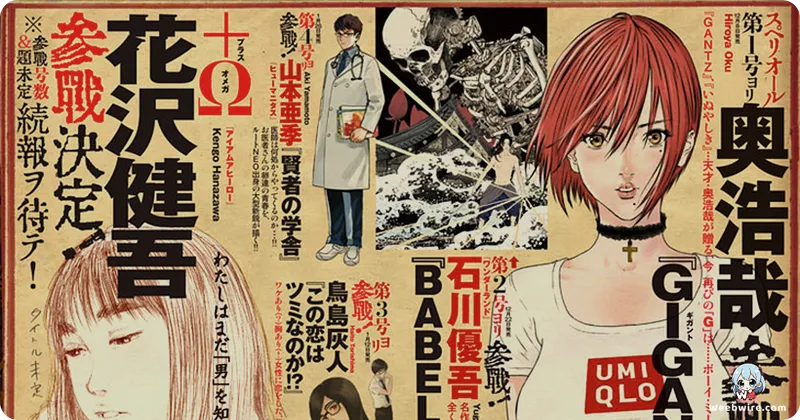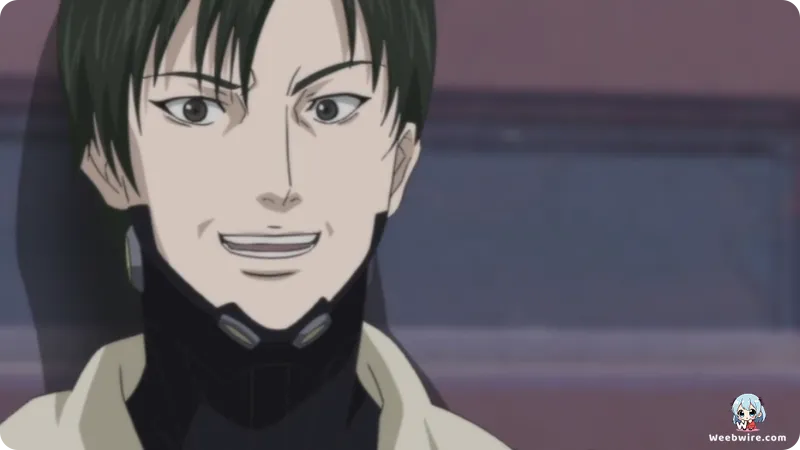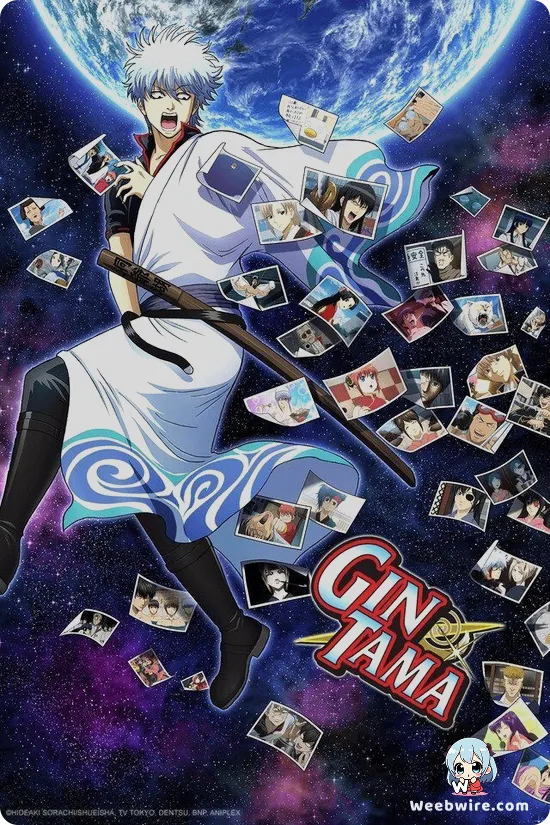Gantz Revealed: Unpacking the Controversial Production and Profound Philosophy Behind the Sci-Fi Horror Anime

Gantz, the groundbreaking anime adaptation of Hiroya Oku's notoriously graphic and psychologically charged manga, burst onto screens in 2004, forever altering the landscape of dark science fiction and horror animation. While its reputation for unyielding violence and explicit content precedes it, a closer examination reveals a compelling narrative of bold production choices, significant plot divergences, and profound philosophical undercurrents that often escape casual viewers. Far from being merely a spectacle of gore, Gantz offers a rare glimpse into the human condition under extreme duress and showcases the audacious creative decisions that shaped its adaptation.
The Audacious Blend of CGI and 2D Animation
A defining characteristic of the Gantz anime, helmed by Studio GONZO, was its ambitious and frequently controversial integration of computer-generated imagery (CGI). In the nascent 2000s, as most studios still refined traditional 2D animation, GONZO embraced 3D models for critical elements, particularly the formidable alien adversaries and intricate action sequences. This pioneering approach aimed to faithfully reproduce the manga's hyper-detailed, almost photorealistic artistic style—a hallmark of Hiroya Oku, who himself famously used 3D models as a foundation for his illustrations. While trailblazing, the reliance on CGI proved to be a double-edged sword; it facilitated dynamic camera work and complex creature designs previously unattainable with 2D methods, yet occasionally resulted in a visual incongruity, with CGI elements jarring against the traditional character animation. This innovative blend, though imperfect, underscores GONZO's audacious commitment to pushing animation boundaries and translating Oku's distinctive artistic vision.
A Divergent Path: The Anime's Original Ending
Perhaps the most widely discussed aspect of the Gantz anime remains its radical departure from the manga's storyline, particularly during its latter half and conclusion. Produced while the manga was still in serialization, a common hurdle for adaptations, the anime forged an entirely original ending. This narrative divergence provided a definitive sense of closure for anime-only viewers, albeit one that starkly contrasted with the manga's considerably longer, more expansive, and ultimately different trajectory. This creative decision, driven by production timelines, transformed the anime into a standalone entity, offering an alternative exploration of the characters' destinies and the enigmatic Gantz system.
Beyond Gore: Deep Psychological and Philosophical Probes
Beyond its visceral action and explicit themes, Gantz delves deep into psychological and philosophical territory. The series relentlessly probes mortality, human nature, the inherent value of life, and the existential terror of being thrust into a deadly game without clear rules or escape. Characters, initially portrayed as selfish, cowardly, or morally compromised, are compelled to confront their inner demons and undergo profound transformation (or degradation) amidst extreme peril. Kei Kurono, the central protagonist, starts as a deeply unlikable and self-absorbed individual, yet his harrowing journey through the Gantz missions forces him into unexpected acts of heroism and self-sacrifice. This nuanced character development compels viewers to ponder their own responses in similar life-or-death scenarios.

Controversy and Unflinching Realism
The series also ignited considerable controversy upon its release. Due to its intense violence, graphic nudity, and mature subject matter, Gantz was frequently relegated to late-night broadcast slots and faced significant censorship across various regions. This reception highlights the anime's unwavering commitment to its source material's dark and unvarnished portrayal of humanity's darker impulses. It unflinchingly depicted the brutal repercussions of its death game, making it a challenging yet utterly compelling experience for those seeking a truly mature and uncompromising narrative.
Hiroya Oku's Artistic Vision: A Foundation for the Anime
Hiroya Oku's meticulous approach to world-building and character design in the original manga significantly influenced the anime's aesthetic. Oku is renowned for his incredibly detailed environments and realistic character models, often achieved through a unique fusion of traditional artistry and 3D modeling software. This scrupulous attention to detail, particularly evident in the alien designs and the intricate Gantz equipment, imbued the world with a tangible, terrifying realism. The anime diligently strived to capture this essence, contributing to the series' unique visual identity that seamlessly blends sci-fi futurism with gritty realism.
A Lasting Legacy in Dark Science Fiction
In conclusion, Gantz endures as a seminal work in the action-horror genre, celebrated not only for its shocking content but for the fascinating artistic and narrative choices made during its adaptation. From GONZO's audacious use of CGI to its daring divergence from the manga's ending, and its profound exploration of psychological and philosophical themes, the anime stands as a testament to a studio's ambition and an author's uncompromising vision. It remains a series that continues to provoke discussion and debate, solidifying its place as a truly unique and unforgettable anime experience that transcends its surface-level gore.
Credits
Gantz
Author
Hiroya Oku
Cover Art
Hiroya Oku
Studio
GONZO
Publisher
Shueisha
Producers





